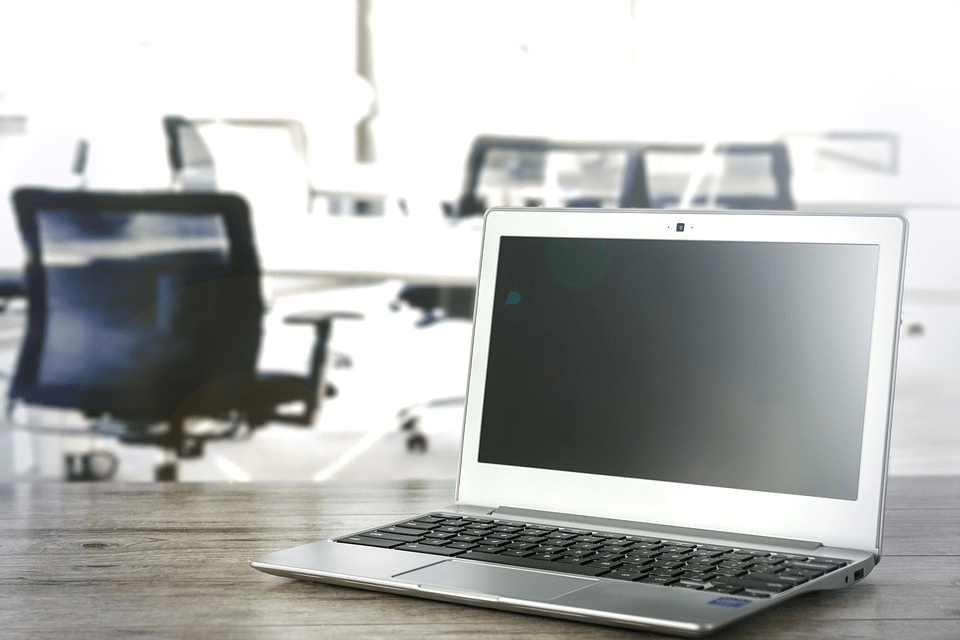As businesses have adapted to new markets and new consumer and employee needs over the years, so have their offices seen numerous shifts to transform alongside them. Let’s take a look at just some of the office trends that have been popular over the past 50 years.
1970s
After an almost stiff and formal approach to the workspace in the 1960s, office trends in the 1970s took on a brighter, bolder approach and workers in general were thrilled by the rise in popularity of ergonomic furniture in their larger and more private workspaces. This era eventually gave rise to the cubicle, which was thought to have been created by Robert Propst in order to give workers a sense of “movement” and “flexibility”, which turned office floors into busy, densely packed spaces reminiscent of beehives. You don’t need to go out just to find the best cubicles for your office because you can now order them online.
1980s
Thanks to massive strides being made in the technological sphere, the 1980s saw corporate culture take hold and offices took on a sleek and modern look that was dominated by clean, sharp lines and materials such as metal and glass. Thanks to the advances in computer technology made in this time desktop PCs started being commonplace and workspaces had to shift to accommodate these heavy workstations.
1990s
With the economy booming, and women and other workers from previously excluded groups starting to join the business world, a richer and more diverse office culture began to take hold in the 90s which led to the return of open office plans, which were popular in the 1950s, embraced for their ability to promote cooperation. This sentiment was echoed in the technology of the time as the Information Age saw people becoming more connected than ever and computer hardware becoming more compact and affordable and thus more common in everyday workers’ workspaces.
2000s
By the time the year 2000 arrived, desks were no longer dominated by huge PCs and could thus take on a more compact design. The move over to more digital-orientated offices saw the clunky filing cabinets, which dominated many offices, removed and workspaces took on a more relaxed and less rigid feel. Thanks to businesses being able to cut down on the amount of floorspace they required, coworking environments started becoming popular in this decade with workers from several companies sharing an office. Due to this, offices became multi-functional spaces where workers not only banged away at keyboards but also had the space to collaborate. That trend will continue to grow with great examples like coworking spaces in Chicago and others great locations.
2010 and Beyond
As we inch closer to the current day, and the rise of the work-from-home employee, so did the office layout trends of the 2010s transform to suit the needs of a more wellbeing-focused office worker. Offices became a place of collaboration, community and equality, and many offices began to add areas of relaxation and entertainment to their layouts, giving workers a place to wind-down in order to eliminate some of the daily stresses of the modern age. This style of less-traditional office has taken root in many large companies and can be seen in the layout of the offices of companies like Google.
As the business world has shifted and changed over the years so has the way employees interact with their office space. And, as we shift ever more to a digital lifestyle, offices will continue to transform.

